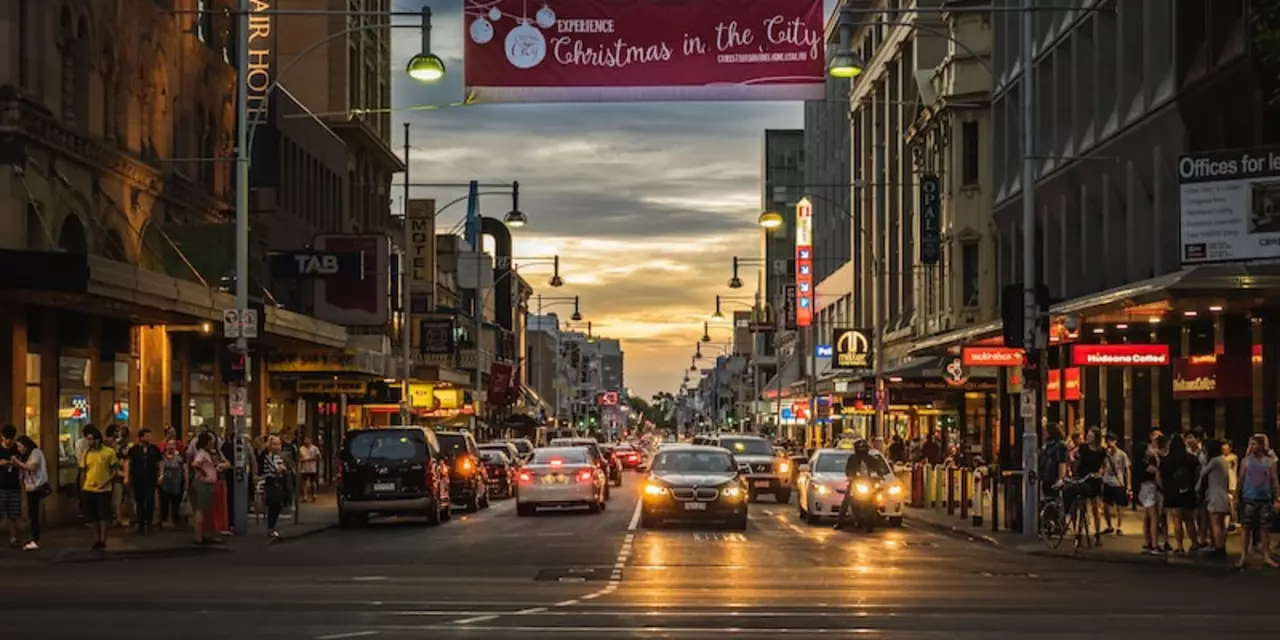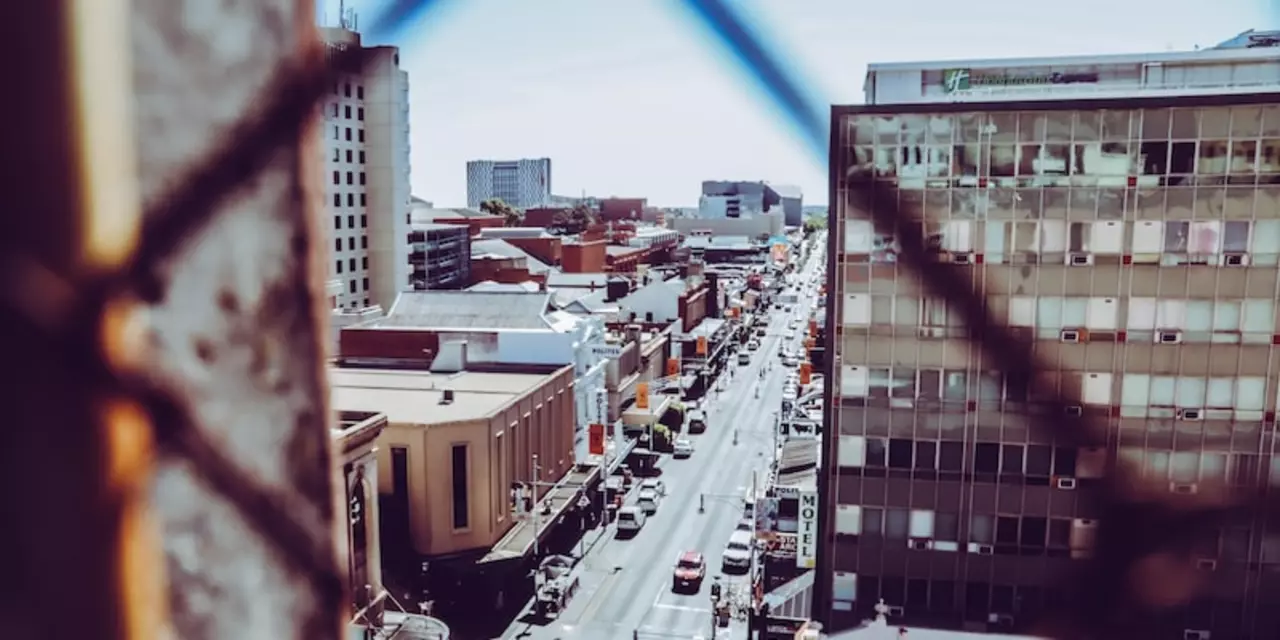Adelaide Tennis – Your Local Guide to Courts, Events and Coaching
If you live in Adelaide or are planning a visit, you’ll soon find that the city has a solid tennis scene. From public courts in the park to private clubs with top‑level coaching, there’s something for every skill level. This guide pulls together the most useful info you need to play, watch and improve your game without scrolling through endless pages.
Where to Play: Courts and Facilities
Adelaide’s public courts are spread across several suburbs. The most popular spots are the Adelaide Oval Sports Centre, Klemzig Reserve and the West Lakes Marina complex. All three offer free or low‑cost access, decent lighting for night play and well‑maintained surfaces. If you prefer a club atmosphere, the Adelaide Tennis Club on Kensington Road provides indoor hard courts, a social lounge and regular match‑play evenings. Membership fees start at £30 a month, and you can usually try a session before signing up.
For those who like a bit of variety, there are also clay courts at the Norwood Tennis Centre and a few grass courts that pop up during the summer season. These surfaces change the bounce and demand different techniques, so testing them out can help you become a more adaptable player.
Events and Tournaments to Watch
Adelaide hosts a handful of recurring events that draw local talent and occasional national names. The Adelaide Open, held every January, is a junior and senior mixed‑age tournament that offers prize money and ranking points for state‑level players. The Western Suburbs Summer Series is a community‑driven competition with a relaxed vibe – perfect if you want to watch friendly matches without the pressure of high stakes.
Don’t miss the monthly “Night Serve” socials at West Lakes. These are open to anyone with a racket, and they combine casual play with live music and food trucks. It’s a great way to meet other enthusiasts and maybe pick up a tip from a local coach who’s hanging out.
Coaching Options for Every Level
Whether you’re a beginner learning the grip or an advanced player polishing your serve, Adelaide has coaches to match your goals. The Adelaide Sports Academy offers group lessons for kids on Saturdays and one‑on‑one sessions for adults throughout the week. Their coaches hold Level 1 and Level 2 certifications from Tennis Australia, so you know you’re getting qualified instruction.
If you’re short on time, many clubs run “quick fix” clinics that focus on a single skill – like topspin forehands or volley drills – in a 45‑minute slot. These are ideal for busy professionals who want steady improvement without committing to a full‑season program.
For budget‑conscious players, the city council runs a free “Learn to Play” initiative every quarter at Klemzig Reserve. Sign‑up is simple: just drop your name at the information booth, and you’ll be paired with a volunteer coach for a two‑hour introductory session.
Ready to hit the court? Grab a racket, check the local club schedule, and give one of the free trial sessions a go. Adelaide’s tennis community is friendly and eager to welcome new faces, so you’ll never feel out of place. Keep an eye on the events calendar to catch a match or two – watching good play can spark ideas for your own game. With plenty of courts, diverse events and accessible coaching, Adelaide makes it easy to enjoy tennis year‑round.
Living in Adelaide Reviews

What do people not like about living in Adelaide?
Adelaide is the capital of South Australia and is known for its Mediterranean climate and vibrant arts scene. However, there are some things that many people don’t like about living in Adelaide. These include the high cost of living, lack of public transport, limited job opportunities and lack of cultural diversity. Additionally, Adelaide is known for its low population density, which can lead to a feeling of isolation. Lastly, the city is often considered to be quite boring due to its lack of attractions and events.
Urban Planning

Why does Adelaide have no high rises?
Adelaide is the capital city of South Australia and is known for its lower-rise cityscape. This is a result of the city's planning regulations that limit building height. The idea of no high rises was introduced in the 1970s to preserve the city's historic character, as well as to maintain the open sky views and parks. The regulations also have had the effect of restricting growth and encouraging urban sprawl. The city has also had difficulty keeping up with population growth, leading to a housing shortage. Despite these issues, the regulations remain in place due to the city's commitment to preserving its unique character.